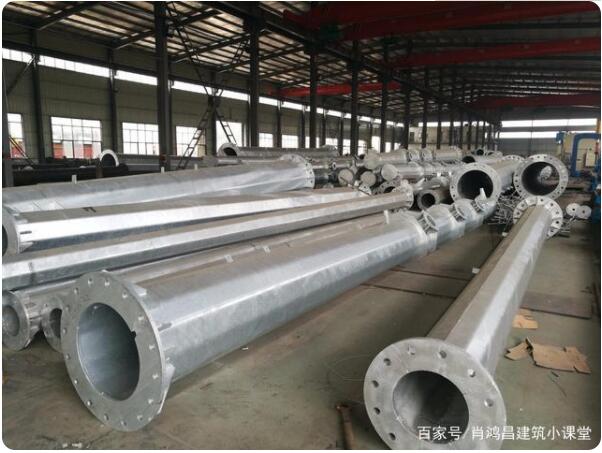(1) High-strength bolts are usually divided into friction connection, tension connection and pressure connection according to the connection form. Among them, friction connection is the basic connection form widely used at present.
(2) The treatment methods of the friction surface of the high-strength bolt connection usually include sandblasting (shot) method, pickling method, grinding wheel grinding method and wire brush manual rust removal method. The treatment process can be selected according to the requirements of the design anti-slip coefficient, and the anti-slip coefficient must meet the design requirements.
(3) The friction surface of the high-strength bolt connection after surface treatment should meet the following requirements:
A. The friction surface of the connection should be kept dry and clean, and there should be no flashes, burrs, welding spatter, welding scars, iron oxide scale, dirt, etc.;
B. Take protective measures for the treated friction surface, and no mark shall be made on the friction surface;
C. If the friction surface is treated with rust, the rust on the friction surface should be removed with a fine wire brush perpendicular to the force direction of the component before installation.
D. The high-strength large hexagon head bolt connection pair is composed of a bolt, a nut and two washers, and the torsion-shear type high-strength bolt connection pair is composed of a bolt, a nut and a washer.
E. The temperature of the installation environment should not be lower than -10″C. When the friction surface is wet or exposed to rain and snow, stop the operation.
F. When installing high-strength bolts, install bolts and punching nails should be used first. The number of installation bolts and punching nails must be able to withstand the weight of the component and the external force during connection correction. The minimum number of installation of each node is to prevent the position of the component from shifting after the connection, and at the same time limit the amount of punching nails. High-strength bolts must not be used as mounting bolts.
G. When high-strength bolts are installed on site, they should be able to pass through the bolt holes freely, and no forced penetration. If the bolt cannot pass through people freely, the bolt hole can be trimmed with a dumpling knife or a knack knife. Gas cutting reaming is not allowed. The number of reaming holes should be approved by the design. The hole diameter after trimming or reaming should not exceed 1.2 times the bolt diameter.
H. High-strength bolts should be replaced if they are over-tightened, and the replaced bolts should be discarded and not reused. It is strictly forbidden to use flame or electric welding to cut high-strength bolt plum heads.
I. The length of high-strength bolts should be calculated based on the 2-3 thread exposed after the final tightening of the bolt connection, and should be tightened after the component installation accuracy is adjusted. The final tightening inspection of torsion shear type high-strength bolts is qualified by visual inspection of the torx end of the tail.
J. The torch method or the angle method can be used to tighten the connection pair of high-strength large hexagon head bolts. In the same joint, the initial screwing, re-tightening and final screwing of the high-strength bolt connection pair should be completed within 24 hours. In principle, the initial tightening, re-tightening and final tightening of the high-strength bolt connection should be carried out in the order of the greater joint stiffness to the less restrained direction and the center of the bolt group to the surroundings.
K. For connection nodes that use high-strength bolts and welding together, when there is no requirement in the design documents, the construction sequence of bolting first and then welding should be followed.
Post time: Jun-12-2021






